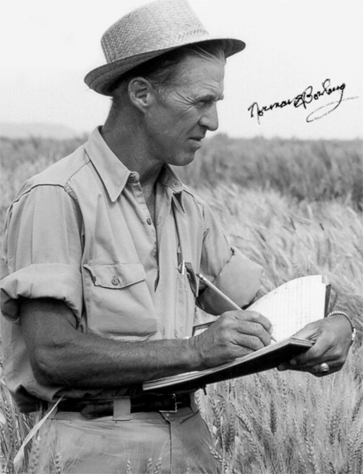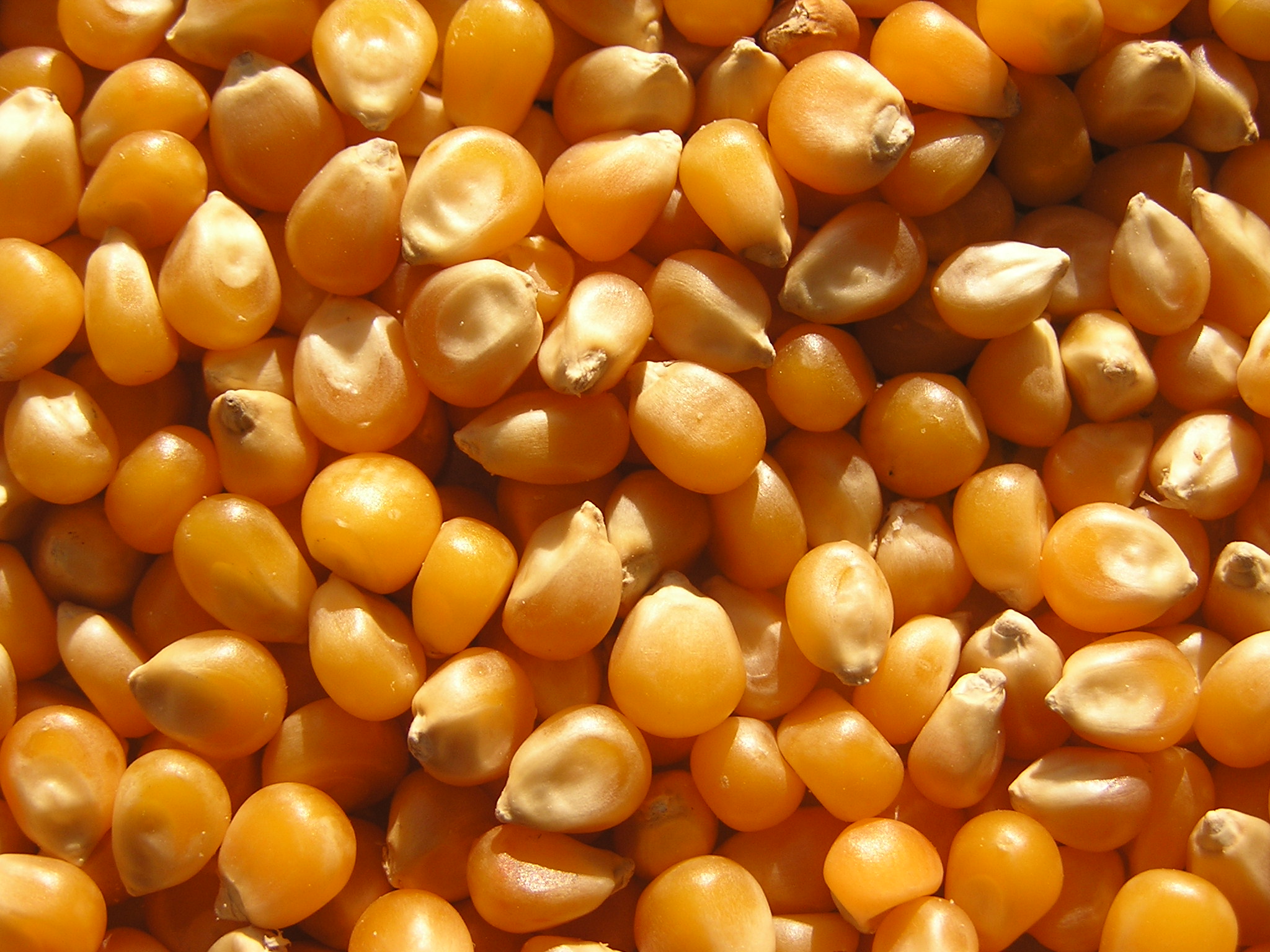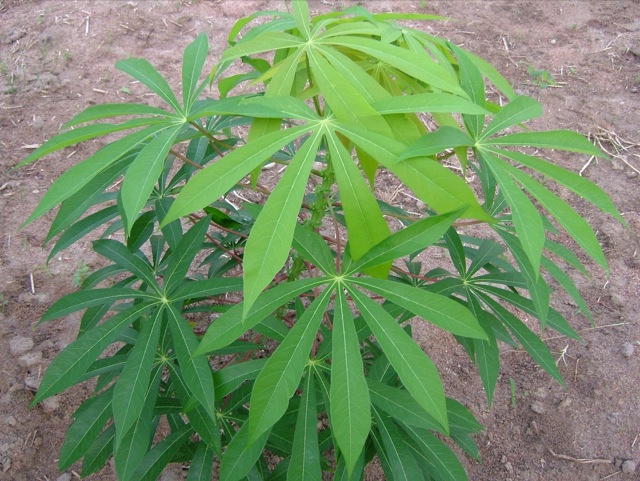 Some friends came up from Brooklyn to visit me this weekend. We had a very-Upstate Saturday of apple picking and cider, and went to an alpaca farm festival on Sunday.
Some friends came up from Brooklyn to visit me this weekend. We had a very-Upstate Saturday of apple picking and cider, and went to an alpaca farm festival on Sunday.I picked a well-mixed quarter bushel of red and yellow, sweet and tart apples to make pies with. I'll let you know how it goes.
 At first, I thought this machine might be a tree-shaking harvester, but it was a hydraulic cherry-picker with pole-mounted chainsaw and lopper for pruning. The extension to the upper right is a counter-balance for the platform that's lowered in the background.
At first, I thought this machine might be a tree-shaking harvester, but it was a hydraulic cherry-picker with pole-mounted chainsaw and lopper for pruning. The extension to the upper right is a counter-balance for the platform that's lowered in the background. The ground was littered with ripe and overripe apples, most of which showed symptoms of apple scab, the most economically devastating apple disease in Europe, Asia and the Americas. It's one of those classic diseases that causes largely aesthetic damage, but requires huge amounts of pesticide to maintain consumer acceptability. The low spray, IPM approach used in this orchard makes a lot of sense for a pick-yourself orchard, and the huge amount of uneaten fruit is a testament to the amazing yields capable in well-managed orchards. My friend pointed out scat that appeared to belong to (very happy) deer and bears.
The ground was littered with ripe and overripe apples, most of which showed symptoms of apple scab, the most economically devastating apple disease in Europe, Asia and the Americas. It's one of those classic diseases that causes largely aesthetic damage, but requires huge amounts of pesticide to maintain consumer acceptability. The low spray, IPM approach used in this orchard makes a lot of sense for a pick-yourself orchard, and the huge amount of uneaten fruit is a testament to the amazing yields capable in well-managed orchards. My friend pointed out scat that appeared to belong to (very happy) deer and bears. Even at the end of September there were lots of wildflowers in the orchard, particularly yellow goldenrod and purple asters. I noticed that some of the goldenrod plants had highly-compressed shoot tips (see picture). These plants were most likely infected by phytoplasmas. Phytoplasmas are tiny, amorphous bacteria that lack cell walls and are known for two main symptoms: phyllody (the transformation of flowers into leaf-like structures) and virescence (the production of green flowers).
Even at the end of September there were lots of wildflowers in the orchard, particularly yellow goldenrod and purple asters. I noticed that some of the goldenrod plants had highly-compressed shoot tips (see picture). These plants were most likely infected by phytoplasmas. Phytoplasmas are tiny, amorphous bacteria that lack cell walls and are known for two main symptoms: phyllody (the transformation of flowers into leaf-like structures) and virescence (the production of green flowers). Commercial pointsettias are commonly infected with phytoplasmas intentionally in order to create more bushy, showy plants.
Commercial pointsettias are commonly infected with phytoplasmas intentionally in order to create more bushy, showy plants.


















